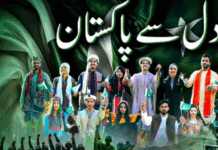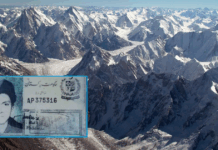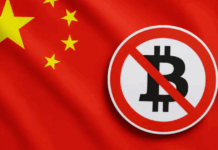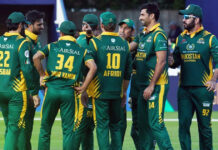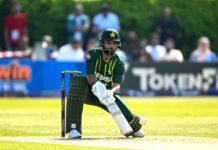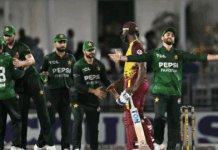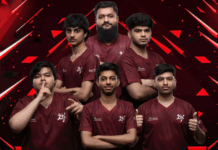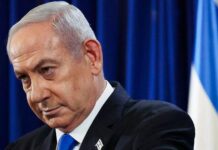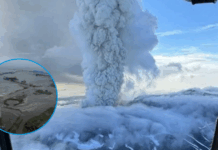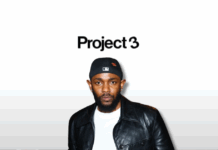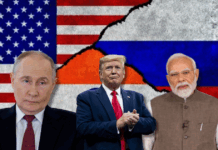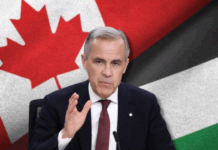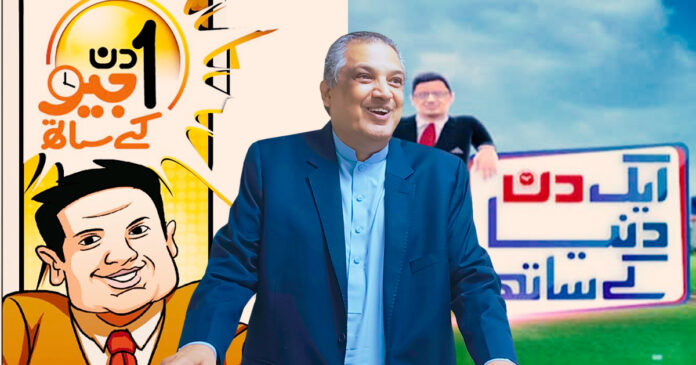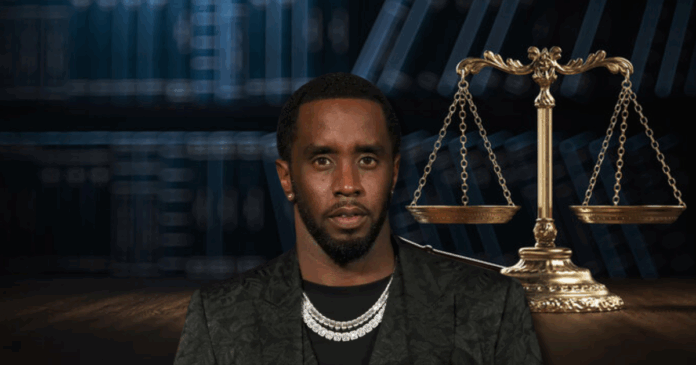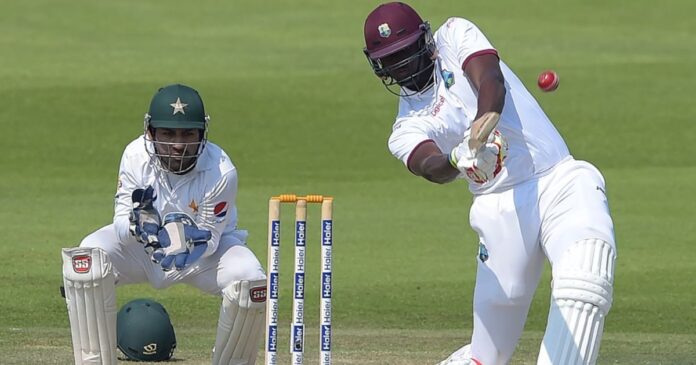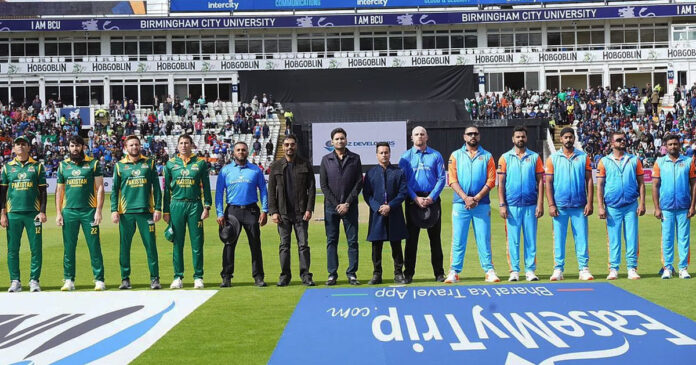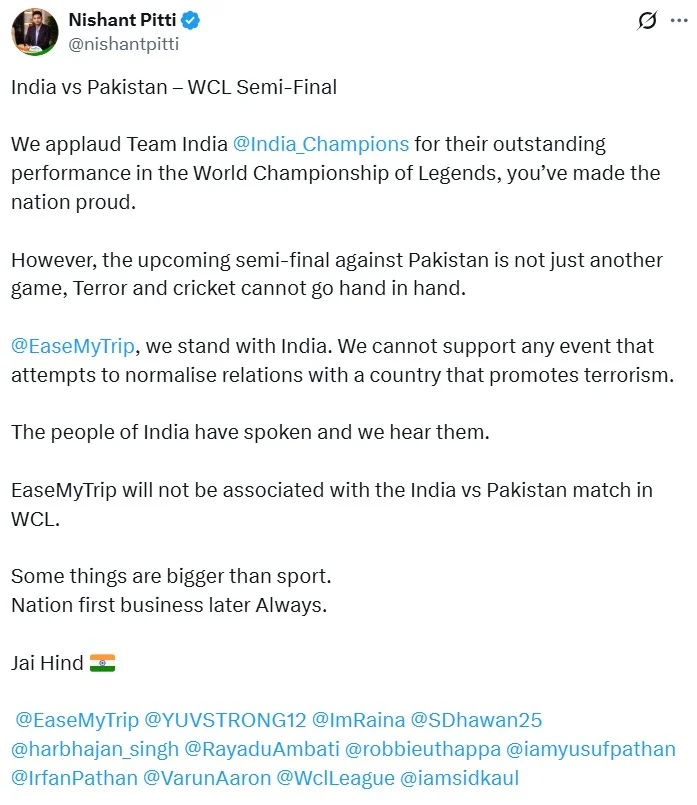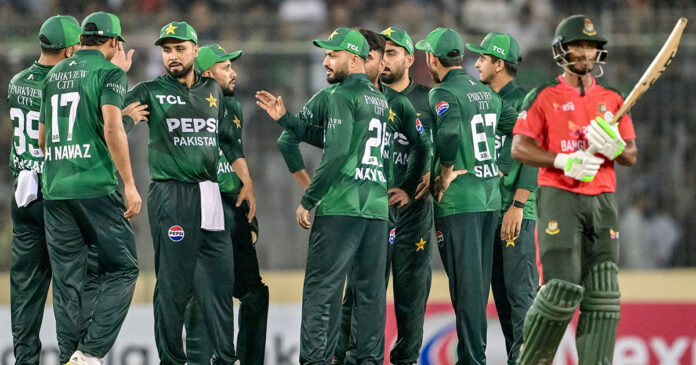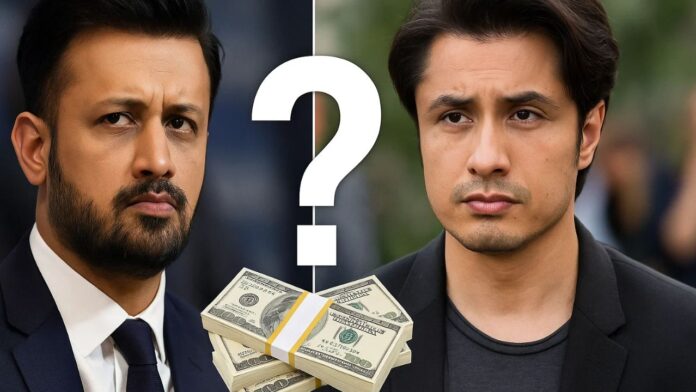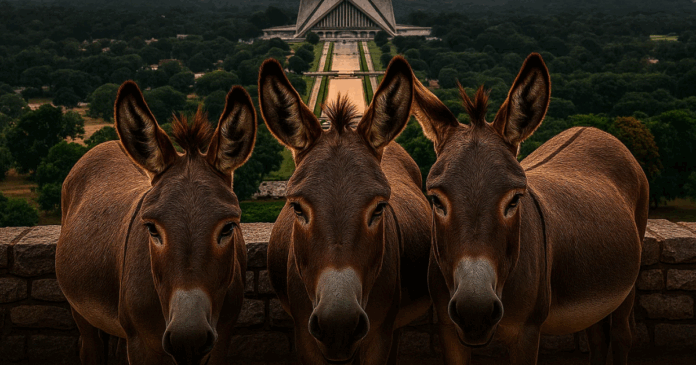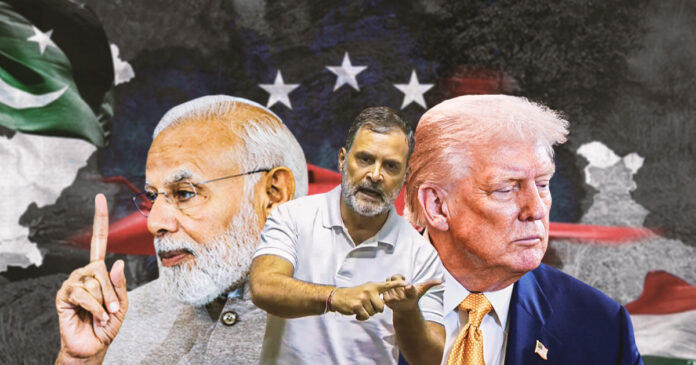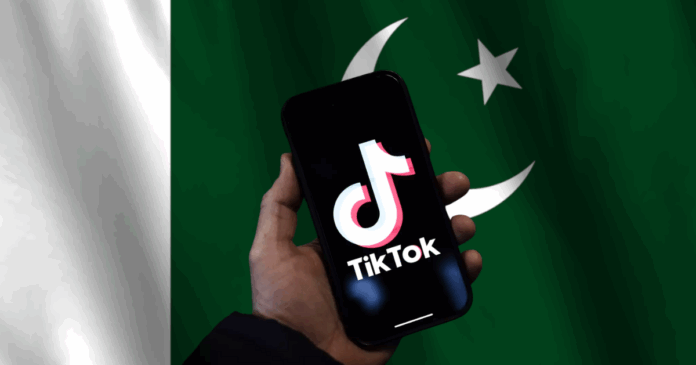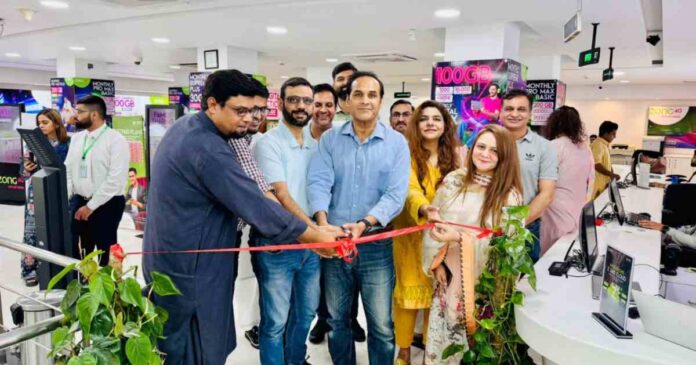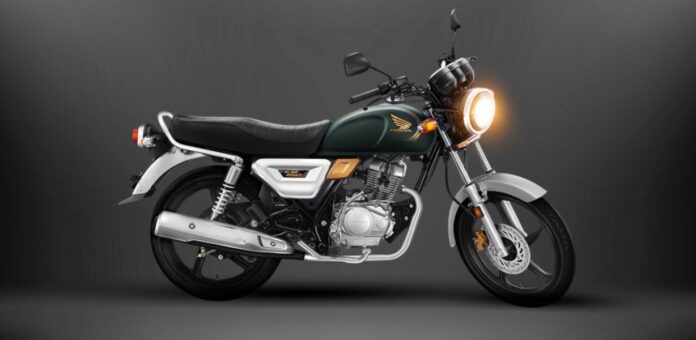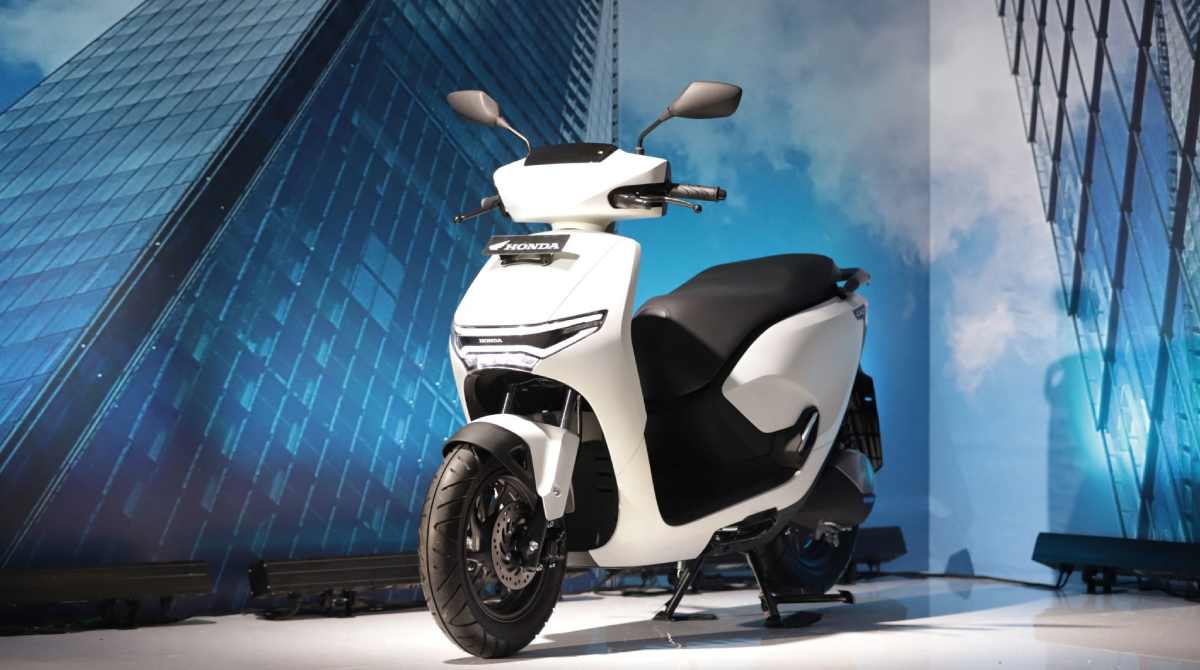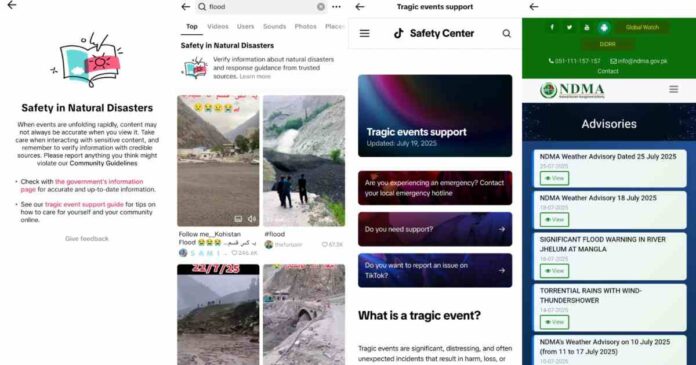After months of whispers, glances, and carefully worded denials, it seems the cat is finally out of the bag: Tom Cruise and Ana de Armas are dating! Or at least, that’s what recent public sightings strongly suggest.
Tom Cruise and Ana De Armas are Officially Dating?
After months of speculation, the pair was spotted showing some PDA while on a Vermont getaway over the weekend on Saturday, July 26, five months after they first sparked romance rumours.
The two looked relaxed and affectionate as they strolled through the quaint town, indulged in some shopping, and shared ice cream.
For fans and paparazzi alike, the message was loud and clear: this wasn’t just a friendly outing.

Cruise and de Armas first sparked romance rumours back in February, when they were photographed together during a night out in London. From what the sources suggested, the two were seen celebrating Ana De Armas’s birthday, attending exclusive parties, and even taking private helicopter rides.
Initially, sources close to the pair insisted it was all work-related, pointing to their collaboration on the upcoming thriller Deeper, directed by Doug Liman and produced by Cruise’s longtime creative partner Christopher McQuarrie.
At that time, sources said that they were at dinner with their agents “discussing potential collaborations down the line” and noted at the time that the actors “appeared to have no romantic connection, just friends.”
However, fans weren’t convinced, especially after the duo were spotted again several times over the following weeks, including as they left David Beckham’s 50th birthday party in London on May 3 and on a park walk in the U.K. capital on de Armas’ 37th birthday days earlier.
Their closeness backstage, followed by a joint retreat to Vermont, added more weight to the rumours.

Is this Confirmed?
While neither Cruise nor de Armas has publicly confirmed the relationship, multiple outlets now describe them as “in the early stages” of dating. Insiders say Cruise has been “courting her for a while,” while Ana is reportedly “enjoying his company but taking things slow.”
De Armas previously praised Cruise as an “incredible mentor” in a May interview, a comment that may have hinted at a deeper connection forming behind the scenes.
So, are they officially a couple? There’s no Instagram post or red carpet debut yet. But based on their Vermont getaway and the string of appearances leading up to it, it’s safe to say Tom Cruise and Ana de Armas have taken their relationship from the script to real life.
Hollywood’s newest power pairing? Time will tell.
Stay tuned to Brandsynario for the latest news and updates.





